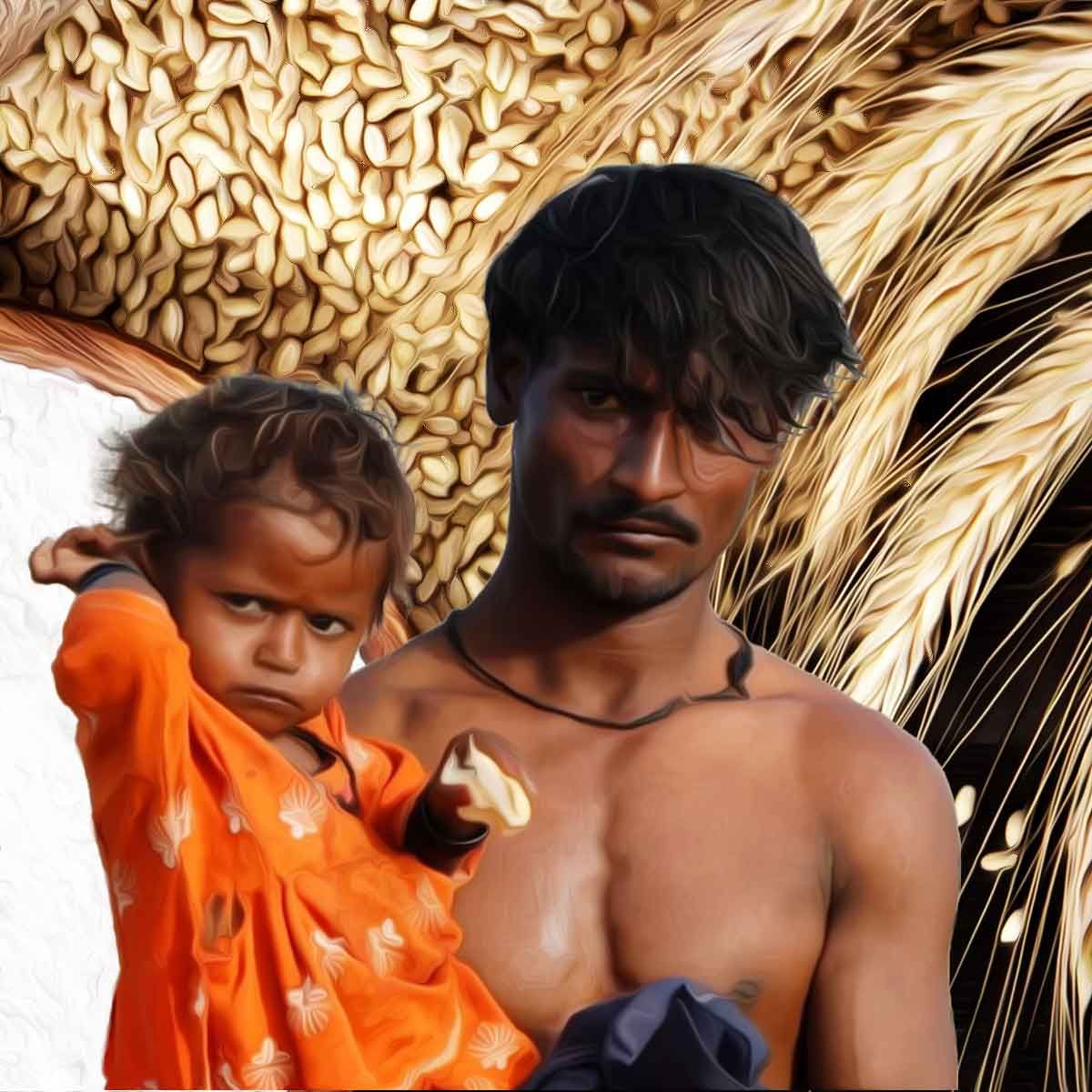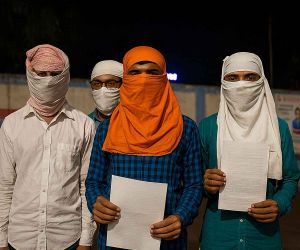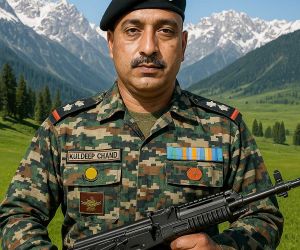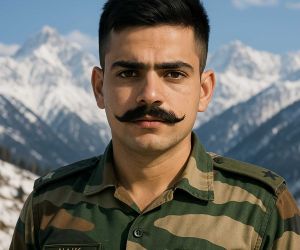MORE COVERAGE
Twitter Coverage
Satyaagrah
Written on
Satyaagrah
Written on
Satyaagrah
Written on
Satyaagrah
Written on
Satyaagrah
Written on
JOIN SATYAAGRAH SOCIAL MEDIA
A spark that set fire to the Israel-Palestinian conflict
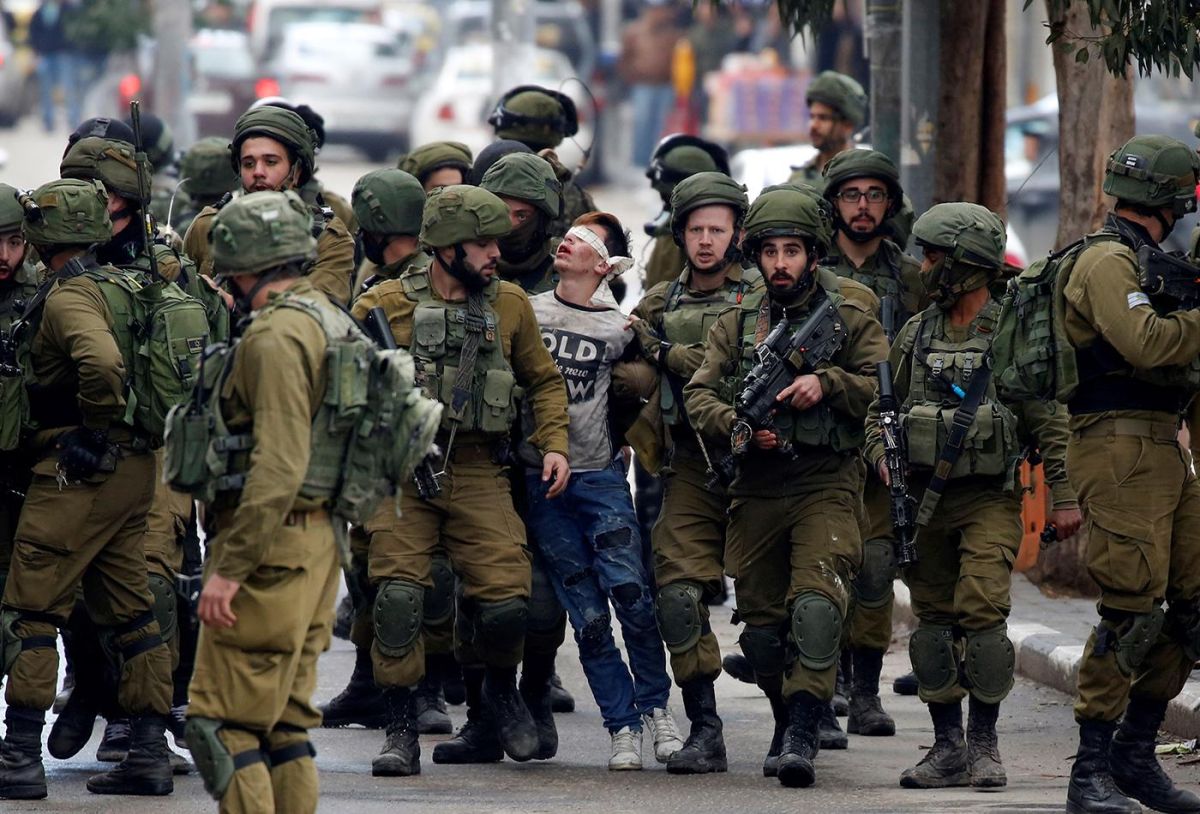
The heightened escalation of the violence could have been dealt with if people in power and peacebuilding initiatives between Israel and Palestine would have correctly assessed that the precursor to the recent violence actually took place in the last week of April when Orthodox Jews were being attacked. Arabs filmed these attacks – knocking off their hats, hitting and also throwing stones – on the Orthodox Jews and posted them on the TikTok app. This led to a far-right protest near Damascus Gate in Jerusalem on April 22.
The recent eruption of violence between Israel and Palestine has its deep roots in the communal tensions that have plagued this region for decades. All a communal tension needs is a spark to set fire.
Clashes between Palestinians and Israeli police in the contested city of Jerusalem have escalated into a broader conflict, with Israel striking targets in Gaza in response to rockets launched by Palestinian militants. Some 197 Gazans have been killed since the escalation began, including 58 children, the Gaza health ministry said. Eleven Israelis, including one child, have also died in the fighting.
The confrontation, sparked by tensions old and new, threatens to deepen the region’s turmoil. A full-blown war could force the U.S. to shift attention to the Middle East when it has been focused on Russia, China and battling the coronavirus
While the precursor to current violence between Israel and Palestine was the attack on Orthodox Jews by Arabs, many observers of the Israel-Palestinian conflict opine that the immediate spark for the current round of unrest was Israel’s decision to barricade a plaza outside of Jerusalem’s Old City during the holy month of Ramadan. Palestinians traditionally gather at the spot each evening after prayers and a daylong fast. The Palestinians turned the issue of the barricade – a property dispute issue in the Sheikh Jarrah-Shimon HaTzaddik neighborhood – into an international incident and ensured the removal of crowd-control barricades outside Damascus Gate.
Far-right group Lehava has called for a protest near Damascus Gate in Jerusalem on April 22 amid increasing ethnic tensions in the city. Unconfirmed reports suggest organizers have called on participants to arm themselves with weapons, such as clubs and batons, for the action. Dozens to a hundred individuals could attend the protest. Most Lehava demonstrations have been reportedly known to turn into violent clashes between Jews and Arabs.
The Lehava demonstrators marched to Damascus Gate chanting ‘Death to Arabs’ and some were waving banners that read: ‘Death to terrorists’. Their aim, according to the Lehava protestors was a call to “restore Jewish dignity” in Jerusalem.
Police dispersed the crowds using tear gas, water hoses, and stun grenades. The Israelis were away from their position at the Old City’s New Gate – just 600 meters away from Palestinians gathered at Damascus Gate – and towards Jerusalem’s central Jaffa Road. Palestinian youth were hurling firecrackers and setting fire to garbage bins. Many were wounded in the violent clashes.
Key Points
|
In fact, on April 19, similar clashes in Jaffa had taken place and several people were injured but the chaos in Jaffa went largely unnoticed. Even the tell-tale signs of the potential of the high volatility of the Israel-Palestinian clashes of April 22 were overlooked. Both the Jewish and Arab communities were waiting for a reason to turn violent. The reason was provided to the warring communities at the al-Aqsa Mosque incident when Israeli police entered the mosque to disperse protesters on May 10 and May 11.
An analysis of the most recent attacks in Israel would indicate that probable cause would be Jews or Arabs seeing attacks of their people in other places. Both communities seek revenge. Reportedly, mob violence in the country has now hit a dozen towns and cities from Rahat and Beersheba to Bat Yam and Ramle, Lod, Haifa, Nazareth, Jerusalem, and many other places.
The Israel-Palestinian conflict is about the anger stirred by the supposed threat to the Al Aqsa mosque that has led to the attacks on the Orthodox Jews, which was followed by the violent clashes between far-right Israelis groups and Palestinians. It appears now to be that the Arab population has launched an uprising against Israel. The terrorist organization Hamas in its attempt at a Third Intifada is also pushing in that direction.
In February 2020, a comprehensive study conducted at the Hebrew University of Jerusalem revealed that 66 percent of the Orthodox, 42 percent of religious Israelis, and 24 percent of secularists “hate Arabs”. Reportedly the term “Arab” is commonly used in Israel as a way to challenge the existence of Palestinians and historic Palestine. The same study showed that 49 percent of religious Israelis and 23 percent of secular citizens supported stripping the right to vote from Palestinians inside Israel.
Galtung opined that peace is not the absence of conflict but the absence of violence in times of conflict. Israel as we speak today is not in a conflict it is in a war – a war against external terror attacks and internal communal tensions between Jews and Arabs. The Israel-Palestinian conflict is a conflict based on a war of narratives that leads to violent clashes. To attain peace, either the Israelis or the Palestinians must give up. But neither will.
 Support Us
Support Us
Satyagraha was born from the heart of our land, with an undying aim to unveil the true essence of Bharat. It seeks to illuminate the hidden tales of our valiant freedom fighters and the rich chronicles that haven't yet sung their complete melody in the mainstream.
While platforms like NDTV and 'The Wire' effortlessly garner funds under the banner of safeguarding democracy, we at Satyagraha walk a different path. Our strength and resonance come from you. In this journey to weave a stronger Bharat, every little contribution amplifies our voice. Let's come together, contribute as you can, and champion the true spirit of our nation.
 |  |  |
| ICICI Bank of Satyaagrah | Razorpay Bank of Satyaagrah | PayPal Bank of Satyaagrah - For International Payments |
If all above doesn't work, then try the LINK below:
Please share the article on other platforms
DISCLAIMER: The author is solely responsible for the views expressed in this article. The author carries the responsibility for citing and/or licensing of images utilized within the text. The website also frequently uses non-commercial images for representational purposes only in line with the article. We are not responsible for the authenticity of such images. If some images have a copyright issue, we request the person/entity to contact us at satyaagrahindia@gmail.com and we will take the necessary actions to resolve the issue.




















